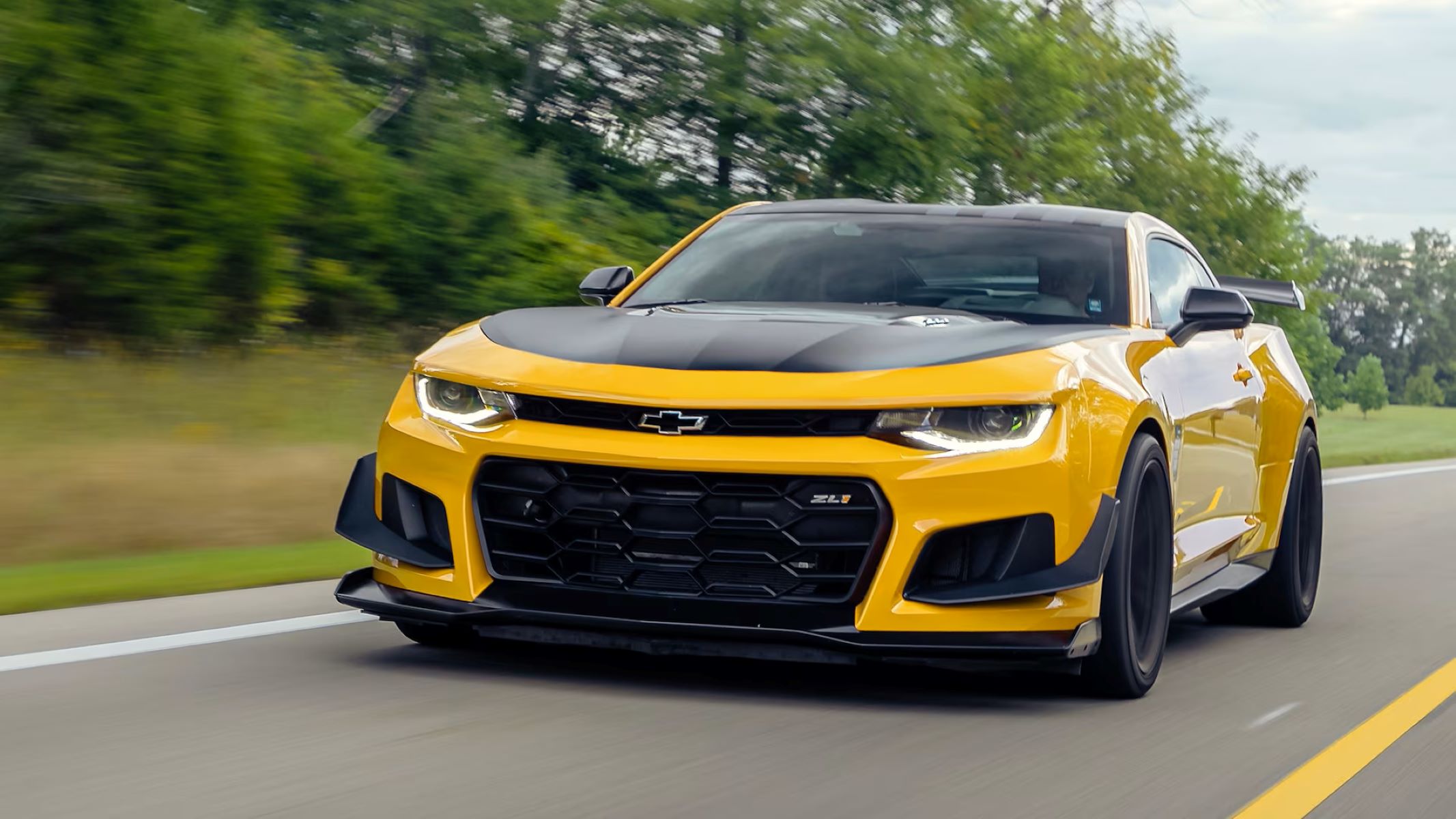The history of the Chevrolet Camaro is a tapestry woven with performance, design, and a relentless spirit that has captivated enthusiasts since its inception. The 1975 Camaro marks a unique chapter in this storied legacy, embodying a transitional period in American automotive culture that resonates with both nostalgia and innovation. As we delve into the narrative of the 1975 Camaro, one cannot help but notice a recurring fascination among car aficionados. What is it about this marveled machine that secures its place in the hearts of many?
The Chevrolet Camaro was birthed in the tumultuous era of the late 1960s, a time when muscle cars were the epitome of American automotive engineering. By 1975, however, the landscape had dramatically shifted. The muscle car era was giving way to concerns over fuel economy and emissions, prompting manufacturers to adapt or perish in a marketplace that was evolving at breakneck speed. The 1975 model year, thus, stands as a poignant representation of this transition, serving as both a lingering homage to raw power and an adjustment to the demands of environmental consciousness.
First, it’s essential to examine the design that characterized the 1975 Camaro. The exterior retained much of the aggressive styling that defined its predecessors. With elongated lines, a slightly sloped roofline, and a broad stance, it still exuded the confidence one expects from a Camaro. However, subtle changes signified the shifting priorities of the time. The introduction of federally mandated 5 mph bumpers clashed with the original sleek profiles, yet they served a vital purpose—safety. This juxtaposition of form and function is one of the many reasons enthusiasts marvel at this model.
As one steps inside the cabin of the 1975 Camaro, the focus on comfort becomes evident. Gone were the days of bare-bones interiors; this model year embraced the notion that a muscle car could also provide a premium experience. Upgrades included plush seating and improved ergonomics, enhancing the driving ambiance. This transformation invites a deeper contemplation: Is it possible that the progression of a car is indicative of cultural shifts—a symbol of our evolving needs and desires?
Performance-wise, the 1975 Camaro faced significant challenges. The muscle car segment was dwindling under the weight of stricter emissions regulations, and the powerful V8 engines that had thrilled the masses were now subject to stringent restrictions. The base engine for this model year was a 250 cubic-inch six-cylinder, producing a meager 105 horsepower. For those yearning for a taste of excitement, the 350 cubic-inch V8 engine, boasting 145 horsepower, was available, albeit a far cry from its predecessors’ capabilities. This dilution of power raises a thought-provoking query: Did the 1975 Camaro symbolize the end of an era or the dawn of a new way to appreciate automotive excellence?
Despite the restrictions on power, the Camaro retained an undeniable charm. Enthusiasts and casual drivers alike found solace in the vehicle’s balanced handling and refined driving experience. The chassis, which had been a hallmark of the Camaro lineage, continued to facilitate spirited driving on curvy roads. In the face of adversity, this iteration displayed resilience that has cemented its place in automotive history.
The automotive world in 1975 was also grappling with economic realities. The oil crisis was a significant player in reshaping consumer preferences, as fuel efficiency became a paramount concern for buyers. The Camaro, once a relentless powerhouse, now stood at a crossroads where it had to cater to the practicalities of everyday life without completely abandoning its performance roots. This tension between power and prudence is a reflection of societal anxieties—a microcosm of the struggles faced by many during that epoch.
Moreover, the culture surrounding the Camaro in 1975 was pivotal in augmenting its allure. The vehicle was more than a mode of transportation; it was a cultural icon, often featured in movies, television shows, and music videos. It was a manifestation of freedom, individuality, and the American dream. In the context of the widespread disillusionment of the 1970s, the Camaro offered an escape, an aspirational vehicle that embodied the thrill of the open road. This cultural resonance speaks to a more profound love—an emotional tether that persists through generations.
The legacy of the 1975 Camaro has transcended beyond mere specifications and performance figures. It represents a unique juncture in history, where the sheer exhilaration of driving met the sobering realities of economic and environmental concerns. For many collectors and car lovers, this model year serves as a reminder that every vehicle carries the weight of its time. It stands as an enduring testament to adaptability, resilience, and the perpetual search for balance in an ever-changing world.
In conclusion, the 1975 Camaro is not just a car; it’s a chapter in the saga of automotive evolution. The interest it garners from enthusiasts arises from its multifaceted nature—a blend of nostalgia, cultural significance, and historical context. The courage to adapt while maintaining a sense of identity is what continues to capture hearts and minds. So, whether cruising down the highway or parked at a car show, the 1975 Camaro invites us all to sit in the “throne of champions,” reminding us that every car has a story that reflects our own journey. It’s about appreciating the intersection of passion, history, and the human experience on wheels.
